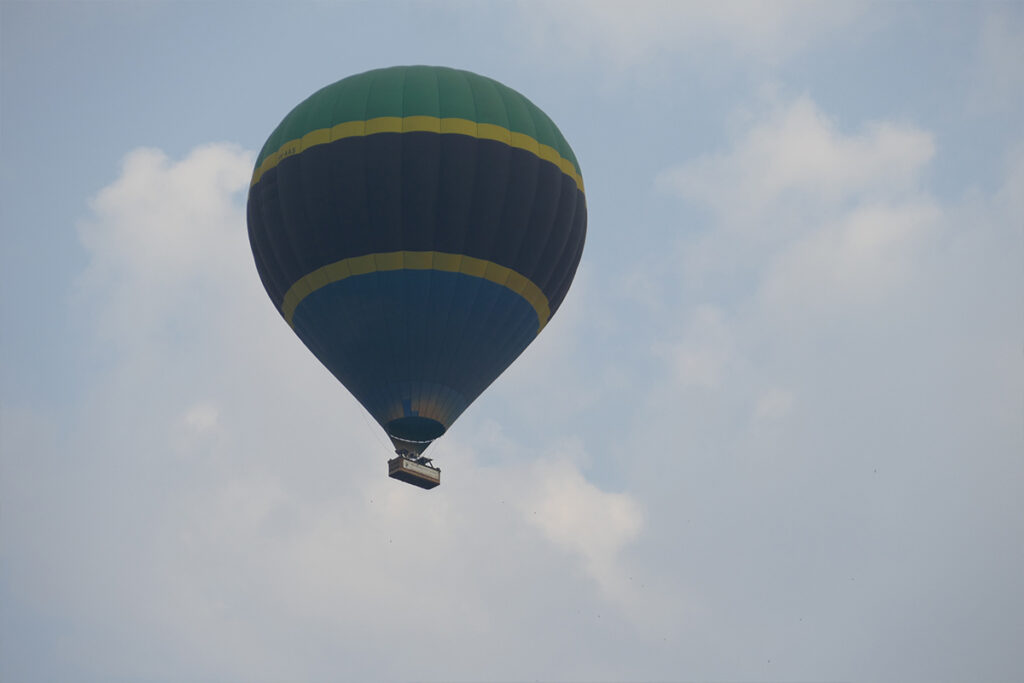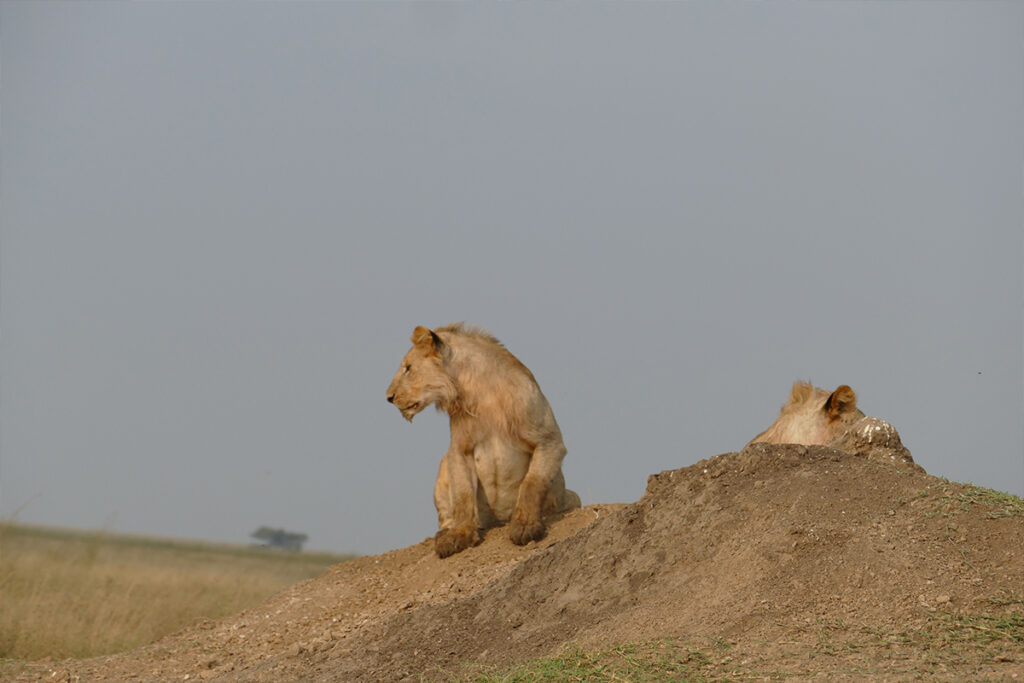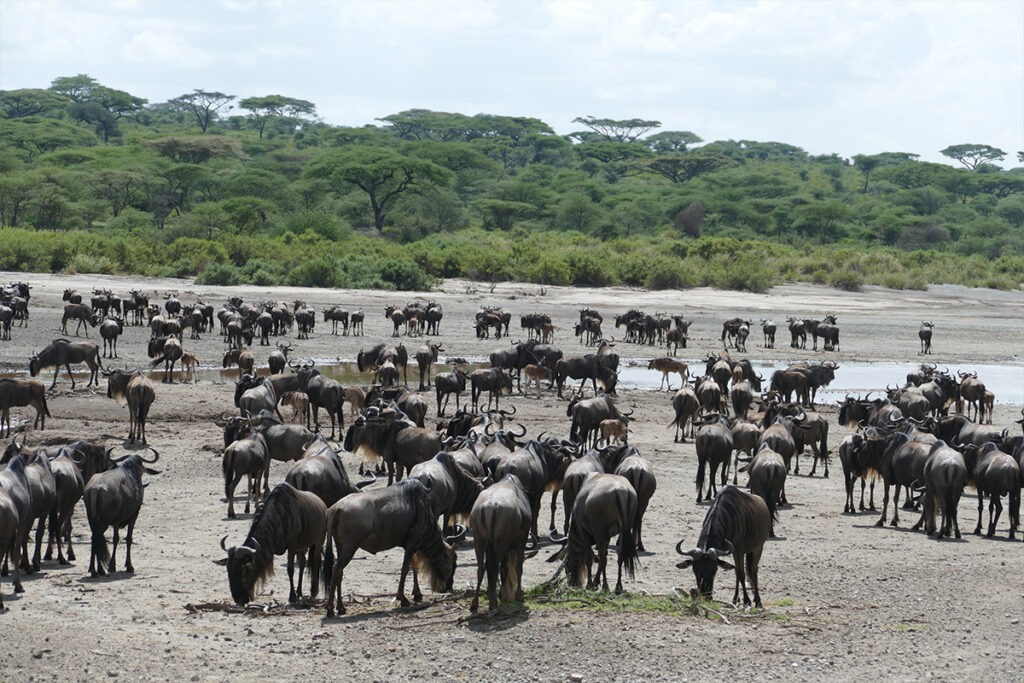Ascending to the majestic summit of Mount Kilimanjaro, standing at a towering 5,895 meters, isn’t merely a test of physical endurance but a meticulous balance of biological science. Climbers who neglect acclimatization have less than a 50% success rate. This surprising challenge is not only a robust check of one’s resilience but an intricate dance with the thin air that requires strategy and care.
Historically, the understanding of acclimatization has evolved with mountaineering as experts unravel the intricacies of altitude adaptation. The pivotal “climb high, sleep low” technique, a celebrated strategy among seasoned climbers, significantly enhances summit success. This practice is supported by data indicating that effective acclimatization can double the chance of a successful ascent while minimizing the risks of altitude sickness.

Acclimatization Techniques: Key to Climbing Kilimanjaro
Climbing Mount Kilimanjaro is a remarkable feat that requires careful planning and preparation. Acclimatizing to the high altitude is essential for a successful and safe ascent. Without proper acclimatization, climbers risk serious health issues, including altitude sickness. This can lead to symptoms like headaches, nausea, and even life-threatening conditions. Therefore, understanding and implementing acclimatization techniques is vital.
One effective technique is the “climb high, sleep low” strategy. This involves climbing to a higher altitude during the day and then descending to sleep at a lower elevation. It helps the body gradually adapt to the thinner air. This method allows climbers to expose themselves to higher altitudes without overwhelming their bodies. Many experienced climbers swear by this approach for its effectiveness.
A climber’s physical conditioning also plays a crucial role in acclimatization. Being in good physical shape can help the body cope better with the stresses of high altitude. Proper training includes aerobic exercises, strength training, and stamina building. This prepares the body to handle the extra strain. Consistent training can make a significant difference in acclimatization success.
Preventing altitude sickness is another key part of acclimatization. Symptoms can range from mild discomfort to severe health risks. Drinking plenty of water and maintaining a slow, steady pace are crucial for prevention. Additionally, some climbers use medications like acetazolamide to help their bodies adapt. Proper acclimatization significantly reduces the chances of suffering from altitude-related issues.
Unlocking Acclimatization: The Power of Diamox on Kilimanjaro
The Science of Acclimatization in High Altitudes
Acclimatization is the body’s way of adjusting to the decreased oxygen levels found at high altitudes. As you climb, air pressure drops and the amount of oxygen available reduces. This can be challenging for the body, which relies on oxygen to function properly. To adapt, the body undergoes several physiological changes, such as increasing red blood cell production. This helps transport more oxygen to muscles and organs.
The process of acclimatization involves several bodily responses. Firstly, the breathing rate increases to take in more oxygen with each breath. The heart rate also rises to circulate blood faster. Over time, the body produces more red blood cells, boosting oxygen delivery. These adjustments are crucial for maintaining energy and endurance while climbing.
Several factors can affect acclimatization, including rate of ascent, individual fitness, and altitude exposure. Ascending too quickly can overwhelm the body’s ability to adjust, leading to altitude sickness. Fitness levels also play a role; fitter individuals often acclimate more efficiently. However, gradual ascent remains one of the best strategies for successful acclimatization.
Understanding the timeline for acclimatization can be useful for planning expeditions. Typically, it takes a few days for the body to begin adjusting to higher altitudes. Experts recommend spending several days at intermediate altitudes to aid acclimatization. This strategy helps ensure a safer and more enjoyable climbing experience. Proper planning and patience are essential for a smooth adjustment.
The ‘Climb High, Sleep Low’ Technique and its Effectiveness
The “climb high, sleep low” technique is a widely recognized method to aid acclimatization. This strategy involves climbing to a higher altitude during the day and then descending to a lower altitude to sleep. The concept helps the body adjust to changing oxygen levels without overexertion. By exposing the body gradually to higher altitudes, climbers can enhance their chances of a successful ascent. This method is particularly effective on mountains like Kilimanjaro.
This technique works because it allows climbers to achieve acclimatization in stages. Spending additional time at higher altitudes during the day stimulates the body’s adaptations. When climbers return to a lower height to rest, it reduces the strain on their bodies. This cycle trains the body more efficiently than a constant upward climb. It is a method supported by many mountaineering experts and organizations.
Practicing “climb high, sleep low” can significantly reduce the risk of altitude sickness. Studies have shown that gradual exposure to increased altitude aids in boosting red blood cell production. This adaptation improves oxygen delivery, reducing symptoms of altitude sickness. With fewer health issues, climbers can maintain better energy levels and performance. This technique thus contributes to both safety and success.
Adopting this approach requires careful planning and discipline. A typical schedule might include climbing a few hundred meters above the intended sleeping altitude. Then, descending back to the campsite to rest is essential. The next day, the process is repeated, gaining elevation progressively. Proper implementation of this technique is key to its effectiveness. Meticulous planning can turn a challenging climb into a manageable adventure.
Physical Conditioning and Acclimatization: A Symbiotic Relationship
A solid foundation in physical conditioning is crucial for successful acclimatization. Being fit helps the body handle the demands of climbing. Strong cardiovascular health allows the body to use oxygen more efficiently, especially as the air thins at higher altitudes. Regular exercise increases stamina, aiding climbers in tackling steep slopes. Overall, fitness plays a vital role in making climbs more manageable.
Cardiovascular workouts like running, cycling, and swimming are excellent for building endurance. These activities strengthen the heart and improve lung capacity. As climbers ascend, their bodies will be better prepared to handle lower oxygen levels. Maintaining a consistent workout routine before the climb can make a significant difference. It ensures the body is conditioned and ready for the challenge ahead.
Strength training is another crucial component of physical conditioning. Building muscle through exercises like weightlifting and resistance training enhances overall physical capability. Stronger muscles support joints and bones, reducing the risk of injury during a climb. This preparation becomes invaluable when carrying gear in rugged terrain. A balanced mix of strength and endurance training is highly recommended.
Adequate preparation also involves practicing flexibility and balance. Yoga and stretching routines help maintain mobility, which is key for navigating uneven paths. Improved flexibility can reduce the risk of strains and sprains. Balance exercises enhance coordination, essential for traversing rocky and unpredictable terrain. Incorporating these elements creates a well-rounded fitness regimen.
Integrating physical conditioning with acclimatization strategies is crucial for success. When bodies are fit, they adapt more efficiently to changing altitudes. This harmonious relationship between fitness and acclimatization boosts a climber’s safety and enjoyment. Ensuring both physical health and acclimatization aligns can make high-altitude adventures more rewarding. The connection between the two cannot be underestimated.
Preventing Altitude Sickness: Role of Proper Acclimatization
Altitude sickness can affect anyone, regardless of fitness level. It occurs when the body cannot get enough oxygen from the air at high altitudes. Symptoms include headaches, nausea, dizziness, and shortness of breath. Proper acclimatization is key to preventing these issues. Gradual exposure to higher altitudes gives the body time to adjust to the lower oxygen levels.
Slowly ascending can make a significant difference in preventing altitude sickness. Most experts recommend increasing sleeping altitude by only 300 to 500 meters per day. Climbers should also take rest days to allow their bodies to adjust. Drinking plenty of water is crucial since dehydration can worsen symptoms. Eating well and maintaining energy levels is also essential.
Medications like acetazolamide can assist in preventing altitude sickness. This drug helps the body adjust to high altitudes more quickly. Taking it before starting the ascent and continuing during the climb can greatly reduce symptoms. Consulting a doctor before using any medication is always a good idea. They can provide personalized advice based on your health status.
Monitoring your health is essential when climbing at high altitudes. Recognizing early symptoms of altitude sickness allows you to take action quickly. If symptoms worsen, descending to a lower altitude can help. Paying attention to your body’s signals is important for maintaining safety. Never ignore warning signs of illness.
Preparation includes knowing what to pack to combat altitude sickness. Certain items can help mitigate symptoms.
- Extra water bottles or hydration systems
- High-energy snacks
- First-aid kit with necessary medications
- Warm layers to regulate body temperature
These essentials can make a significant difference in your altitude acclimatization journey. Proper planning and equipment are keys to preventing altitude sickness.
Case Studies: Success Rates with Effective Acclimatization
Analyzing real-world case studies offers valuable insights into acclimatization success rates. Climbers who used structured acclimatization techniques often reported higher success rates. For instance, a group climbing Kilimanjaro with proper acclimatization had a success rate of over 90%. This is significantly higher than those taking a rushed approach, who often faced altitude sickness. Real-life examples highlight the importance of planned acclimatization.
Acclimatization methods, such as “climb high, sleep low,” have proven effective in many cases. Climbers who followed this technique reached their summit goals more often. This method helps the body gradually adapt, reducing severe symptoms of altitude sickness. Keeping a steady pace and implementing regular acclimatization strategies improves outcome probabilities. Enabling climbers to focus on their journeys rather than discomfort.
Success stories reveal other factors contributing to high acclimatization efficacy. Experienced guides play a crucial role with their deep understanding of local conditions. They tailor acclimatization schedules to suit each climber’s ability, optimizing adaptation time. Additionally, teams with a good guide reported higher completion rates. These guides know the rhythm of the mountain, which is invaluable.
Comparing data from climbers using medication further supports acclimatization strategies. A study showed that those taking acetazolamide alongside proper acclimatization had a 95% summit success rate. This combination proved effective in reducing complications. Accurate monitoring strengthens the case for responsible medication use and methodical preparation. Meta-analyses solidify these preventive strategies in climbing success.
Personal testimonials frequently emphasize the importance of patience and planning. Climbers recount success stories attributed to strict adherence to acclimatization plans. Their journeys showcase the practical benefits of allowing enough time to adjust. Even experienced climbers insist on following the steps methodically. Their shared experiences encourage new climbers to prioritize acclimatization.
Key Takeaways
- Acclimatization is crucial for climbing Kilimanjaro safely and successfully.
- “Climb high, sleep low” helps your body adjust to higher altitudes.
- Staying hydrated reduces the risk of altitude sickness significantly.
- Incremental altitude gains ensure safer acclimatization while climbing.
- Proper planning and patience lead to a more enjoyable climbing experience.




